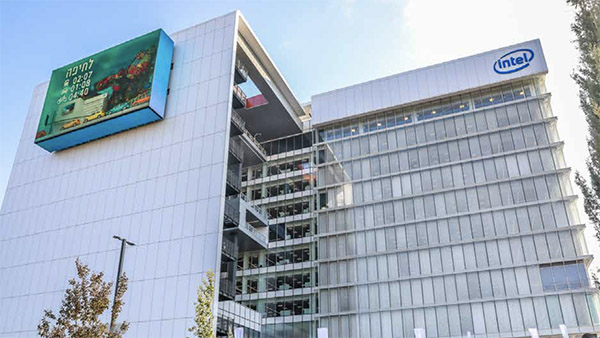Smart Buildings at Scale

IT Best Practices: Construction of smart buildings at scale isn’t easy. For decades, enterprises have included smart technologies in their buildings to gain operational efficiencies, save maintenance costs, and make their offices more user-friendly. While these companies may have experienced incremental gains from taking individual measures like installing smart temperature controls, the main value of these systems comes from integrating them into a single platform.
But lack of standardization means that disparate technologies from multiple vendors may not be compatible, and integrating multiple smart technologies into a single connected building can introduce many logistical and operational complications.
Intel IT and Intel Corporate Services joined forces to create a new design and development center in Petach Tikva, Israel. We call the building “PTK1.” Taking an enterprise approach, we focused on user experience (UX) before selecting technology solutions. We used a design-build-operate vendor to manage the project from design to delivery and operation, integrating many different smart building systems and acting as a single source for vendor contact. We created the approach and best practices for this smart building from the ground up. This blueprint is now an asset in and of itself, and Intel and the vendor are using it to replicate and build additional smart buildings (and even a smart village), in collaboration with other industry-leading companies.
The model integrates a variety of Intel® products, including Internet of Things (IoT) and information security controls. It generates enormous volumes of data via 14,000 sensors, which we use for artificial intelligence (AI) solutions and to enable smart operations, efficiency, and a positive user experience.
The result is a user-centric building that helps us attract the best industry talent and improve Intel’s workforce productivity. With a repeatable model that we can use to construct additional smart buildings on Intel campuses, we can lower future smart building construction costs by 25 percent compared to the original PTK1 building expense (excluding the infrastructure and hardware).
For more information on Intel IT Best Practices, please visit intel.com/IT
Posted in:
Intel, Intel IT, IT White Papers, IT@Intel

